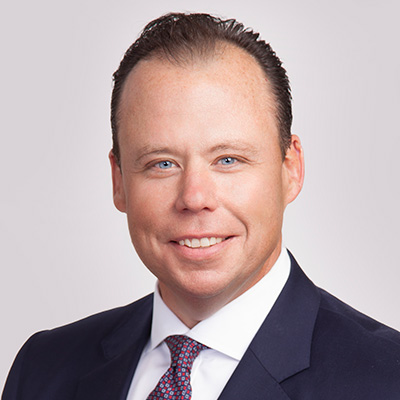Income Research
IR+M is a privately-owned, independent, fixed income investment management firm that serves institutional and private clients. Our investment philosophy and process are based on our belief that careful security selection and active risk management provide superior results over the long-term. By combining the capacity and technology of a larger firm with the culture and nimbleness of a boutique firm, we strive to provide exceptional service for our clients and a rewarding experience for our employees.
Rob Lund, CFA
SVP, Senior Client Portfolio Manager
rlund@incomeresearch.com
617-330-9333
www.incomeresearch.com
100 FEDERAL STREET
30TH FLOOR
BOSTON, MA 02110
Image





